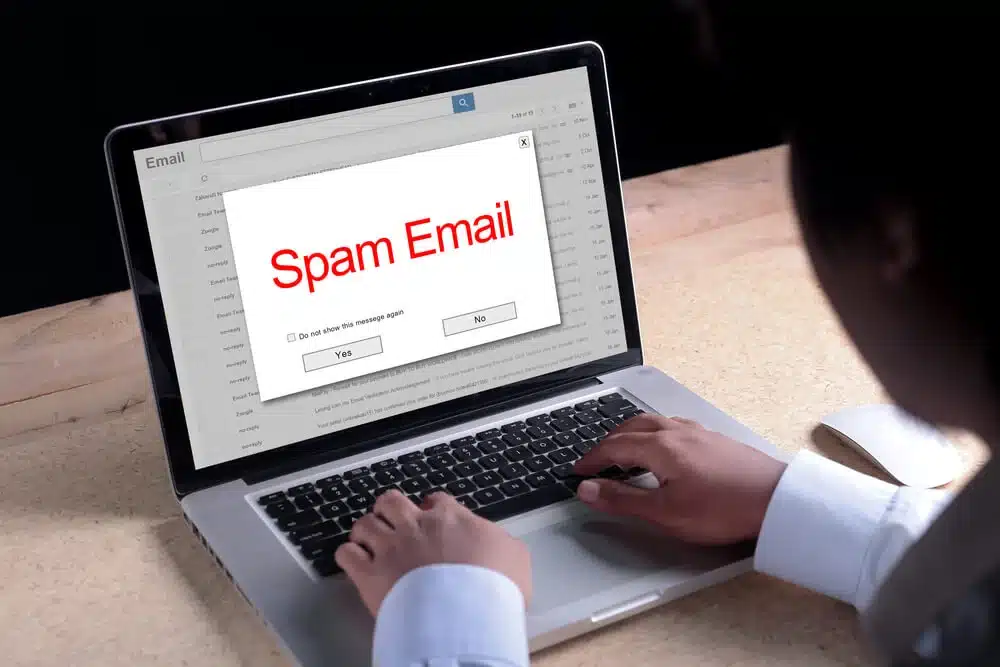The Trust Crisis in B2B Email Marketing –
Email marketing has long been a cornerstone of B2B communication, but in recent years, its credibility has taken a hit. Thanks to overflowing inboxes, rising spam complaints, and aggressive sales tactics, many business recipients now treat marketing emails with skepticism—or ignore them entirely. In 2025, simply landing in the inbox is no longer enough. You have to earn trust, not just attention.
The problem runs deeper than deliverability. It’s about relevance, transparency, and timing. B2B buyers are smarter and more cautious. If your email feels like a blast rather than a conversation, or if it’s filled with jargon and pushy CTAs, it will either be deleted or marked as spam. Worse, it damages your sender reputation, making it harder for even your best emails to get through.
Why B2B Email Still Matters (If You Do It Right) –
Despite these challenges, email is still one of the highest-ROI channels in B2B marketing. It’s personal, direct, and measurable. When used strategically, email can nurture leads, build thought leadership, and convert prospects over time. But the key to success now lies in relevance and trust—not volume.
Today’s best-performing B2B emails are tailored to specific pain points, industries, and buyer stages. They offer genuine value—such as insights, benchmarks, or tools—without demanding an immediate purchase. Marketers must shift from a “send more” mindset to a “send better” one, where quality outweighs frequency.
Why B2B Email Still Works:
- Delivers personalized content directly to decision-makers
- Integrates well with CRM and automation tools
- Supports long-term lead nurturing
- Offers clear performance metrics (open rates, CTR, conversions)
- Can be automated without losing relevance—if done right
How Trust Breaks Down in Email Campaigns –
Trust is easy to lose in B2B email marketing. It happens when emails are irrelevant, misleading, or overly aggressive. Common mistakes like using clickbait subject lines, pretending to be a personal message, or sending to unverified lists can backfire badly. These tactics not only erode credibility—they push your messages straight into the spam folder.
Another trust killer is frequency without substance. If you email too often, without providing fresh value or understanding where the recipient is in their buyer’s journey, you become noise. Over time, your brand is seen as annoying rather than helpful, and unsubscribe rates climb.
Trust-Breaking Email Mistakes:
- Misleading subject lines or deceptive preview text
- Using third-party or purchased email lists
- Generic, non-personalized content
- Sending emails too frequently without purpose
- Ignoring recipient behavior or engagement data
Building Trust Through Value-Driven Communication –
To rebuild trust in B2B email marketing, marketers need to lead with value, transparency, and personalization. This starts with knowing your audience—understanding their roles, pain points, and interests—and then delivering content that aligns with their goals. Whether it’s an insightful report, a free tool, or a personalized event invite, the goal is to give more than you take.
Transparency is equally important. Let recipients know why you’re reaching out, where you got their information, and how they can control their preferences. Make unsubscribe links clear, and respect opt-outs immediately. Also, use your brand voice consistently—professional yet human. People trust emails that feel like they’re from a real person, not a faceless brand.
Trust-Building Tactics:
- Personalize content by industry, persona, and behavior
- Offer valuable, non-sales content (e.g., insights, how-tos)
- Use clear and honest subject lines
- Segment your list for better targeting
- Make it easy to unsubscribe or manage preferences
Technical Steps to Stay Out of the Spam Folder –
Trust isn’t just built through content—it also depends on strong technical practices. Many B2B marketers lose visibility not because of bad copy, but because their emails never reach the inbox. Spam filters are stricter in 2025 than ever, especially with AI-driven email firewalls used by enterprise clients.
That’s why you need to get serious about email hygiene. Authenticate your domain using SPF, DKIM, and DMARC protocols. Regularly clean your list by removing unengaged or bounced addresses. Monitor your sender reputation and test deliverability before large campaigns. These behind-the-scenes tactics can dramatically improve inbox placement and trust with both humans and spam filters.
Technical Tips to Avoid the Spam Folder:
- Use domain authentication (SPF, DKIM, DMARC)
- Clean your list regularly and remove bounces
- Avoid spammy keywords and excessive punctuation
- Monitor sender reputation with tools like Google Postmaster
- Test campaigns before launch using inbox simulation tools
Conclusion –
In a time where every inbox is under siege, trust is the true differentiator in B2B email marketing. It’s not enough to land in the inbox—you have to land with intention, value, and respect. Companies that take the time to clean their data, personalize their messages, and respect user preferences will rise above the noise.
Email isn’t dead—it’s just evolving. And those who treat it as a relationship-building tool, rather than a blast megaphone, will continue to see strong ROI. In 2025 and beyond, rebuild trust one email at a time—and watch your engagement, conversions, and brand loyalty grow.

